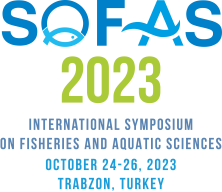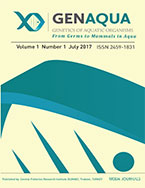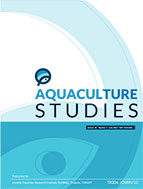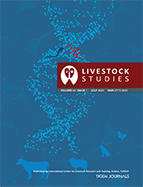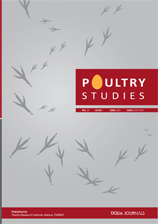Turkish Journal of Fisheries and Aquatic Sciences
2026, Vol 26, Num, 2 (Pages: TRJFAS28042)
Artificial Propagation of Oranda Fancy Goldfish (Carassius auratus auratus) by Using Novel Synthetic Ovulin Hormone
2 Department of Fisheries Resource Management, Faculty of Fisheries, Chattogram Veterinary and Animal Sciences University, Chattogram-Bangladesh
3 School of Biology, Australian National University, Canberra ACT 2600, Australia
4 Department of Zoology, Division of Sciences, University of Otago, Dunedin 9016, New Zealand DOI : 10.4194/TRJFAS28042 Viewed : 569 - Downloaded : 810 The present study aimed to evaluate the artificial propagation of Oranda fancy goldfish (Carassius auratus auratus) through intra-peritoneal administration of synthetic ovulin hormone. A total of 45 broodfish (30 males and 15 females) were used in this study and ovulin was injected with double doses for females and single doses for males, using different levels of dosage: 0 (control group), 0.20, 0.40, 0.60, and 0.80 mL/kg of body weight. A 2:1 male-to-female ratio was maintained in the breeding tank. Ovulation occurred within 10−12 hours, yielding yellowish, spherical eggs measuring 0.6−0.9 mm. Fertilized eggs hatched within 40−48 h of fertilization. The brood stocks injected at a dose of 0.40 mL/kg exhibited significantly higher results (P<0.05) in all aspects of breeding performance compared to all other dosages. This dosage resulted in a relative fecundity of 21.74%, fertilization rate of 73%, hatching rate of 71%, and larval survival rate of 69%. This study clearly demonstrated that varying hormone doses lead to differences in the breeding performance of oranda goldfish. The positive response to the synthetic ovulin hormone, evidenced by notable fecundity, fertilization rates, and hatching rates, suggests that this method could facilitate commercial breeding and mass seed production for oranda goldfish. Keywords : Carassius auratus auratus Ovulin Induced breeding Fertilization rate Larval survival



